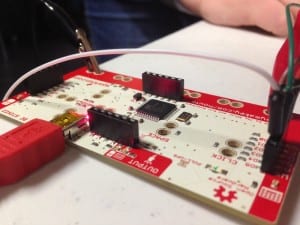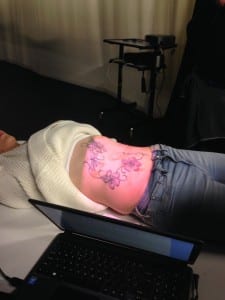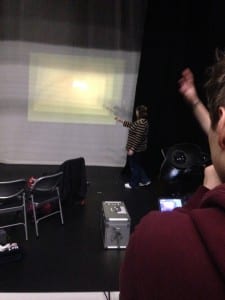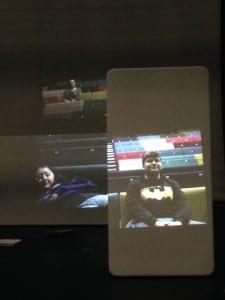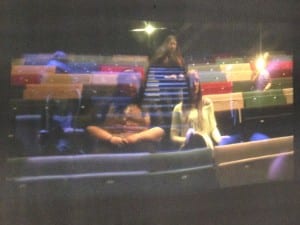A Dream You’re Having (Interlude) – RuPaul, Realness (2015)
“If this is a dream, does that make it any less real?”
So the idea of what is real and what isn’t real is something that transcends and has fascinated the human psyche, no denying, and it’s this idea of what is real and what isn’t that surrounds the idea of ‘Theatre’ too. Realness and non-realness is something that becomes even more interesting when multimedia is in play. For example, using a live feed of a live human body that is acting. You’re watching a person with a fake persona being filmed, thus creating a fake image of a person with a fake persona.
And that’s just theatre… How fake are we in our own lives?
I turn to the supermodel of the world, RuPaul to help show some light on this. RuPaul is a drag queen, which already plays with the idea of fake gender identity and the idea of fake personas. Ironically, when drag queens describe their ‘look’ they describe it as ‘realness’. When a queen says “I’m serving realness”, what they mean is that they are wearing an outfit and makeup that makes them look like an actual woman. I find that this can be the same with every single person, though. Makeup, clothes, hairstyles… We all have our own version of ‘drag’ as it were. As RuPaul said herself; “We’re all born naked and the rest is drag”.
This train of thought only came over because I just bought her new album Realness, which again, ironically, uses more autotune and remixing than she has ever used before.
This idea of what is real and what is not is something very interesting to me and I’d love to use it as the premise of a performance. Gender, identity, honesty, stories, mediated image, cat-fishing… the list goes on. I’d just love it, especially in this class. So I thought I better just bring this up for anyone who doesn’t look at the picture and the 4 paragraphs and go ‘Meh’. Congrats if you read this.
Now, to play me out, I leave you with the queen herself…
The Realness – Rupaul, Realness (2015)






